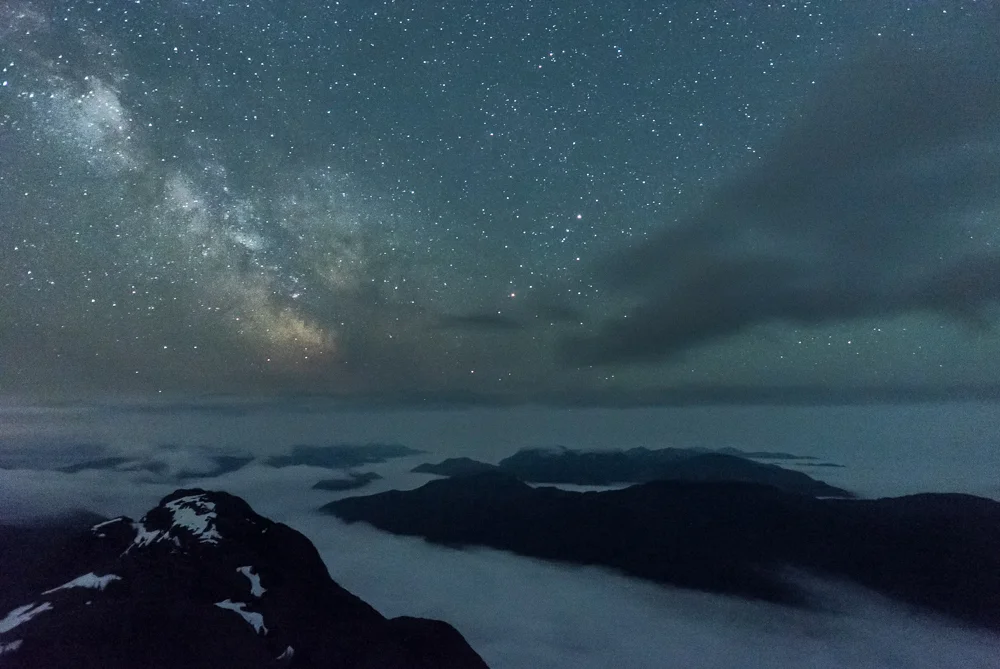
OUR STORY
The creation of biosphere reserves
The story of biosphere reserves began in 1968, in Paris, at the home of the United Nations Educational, Scientific and Cultural Organization (UNESCO). UNESCO invited a large number of leaders, thinkers and scientists from around the world to gather and explore one important question: How can we equally balance the conservation of biodiversity and the use of natural resources on this planet?
This gathering of minds came to be known as UNESCO’s “Biosphere Conference” and one of its outcomes was the launch, in 1970, of UNESCO’s Man and the Biosphere (MAB) Programme.
The goal of the MAB Programme was to designate regions around the globe that serve as excellent examples of places where people are living and working well together and in harmony with nature. These model regions were given the designation “biosphere reserve.”
Since 1971, UNESCO has designated 785 biosphere reserves worldwide. There are nineteen in Canada and three in British Columbia - two of which are on Vancouver Island. The Mount Arrowsmith Biosphere Region was designated as a UNESCO biosphere reserve in the year 2000.
History of the Mount Arrowsmith Biosphere Region
1996 - The Mount Arrowsmith Biosphere Foundation was established by research scientist, Dr. Glen Jamieson, to raise awareness of the biodiversity of watersheds on Vancouver Island’s Mount Arrowsmith and adjacent marine areas. Dr. Jamieson spearheaded the nomination process that would earn the region its UNESCO biosphere reserve designation.
2000 - The Mount Arrowsmith Biosphere Region (MABR) was officially designated as a UNESCO biosphere reserve.
2000-2010 - The original Foundation built awareness about the MABR through activities and events, climate change research, and ecological monitoring.
2010 - The MABR underwent its first periodic review by UNESCO, a standard process every ten years for all biosphere reserves. Following the review, new goals were set and a new management structure was discussed to increase the effectiveness of the organization and to ensure greater collaboration in meeting the UNESCO biosphere reserve mandate.
2013-2014 - Members of the Foundation voted to dissolve the society and hand over management of the MABR to Vancouver Island University (VIU) and the City of Parksville. In July of 2014, VIU and Parksville signed a Memorandum of Understanding to co-manage the MABR and to build a roundtable involving First Nations, municipal and senior levels of government, private industry, conservation groups, and others regional representatives.
2014 - Vancouver Island University established MABRRI, the Mount Arrowsmith Biosphere Region Research Institute. MABRRI's purpose would be to connect the expertise and experience of university researchers with the brainpower and energy of students and the priorities and concerns of the community to develop a collaborative research agenda for the MABR. Find out more about MABRRI.
2015 - The MABR held its first Roundtable gathering, involving representatives from Snaw-naw-as (Nanoose) First Nation, Qualicum First Nation, the City of Parksville, the Town of Qualicum Beach, the Regional District of Nanaimo, the BC Ministry of Environment, the Vancouver Island Conservation Land Management Program, Island Timberlands, TimberWest, and Vancouver Island University.
2024 - The MABR opened a Public Education Centre in Qualicum Beach, ts'xwelikwshenawtxw. The MABR also underwent a second periodic review by UNESCO in 2024.


